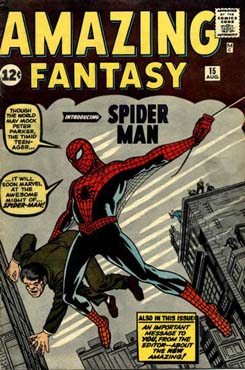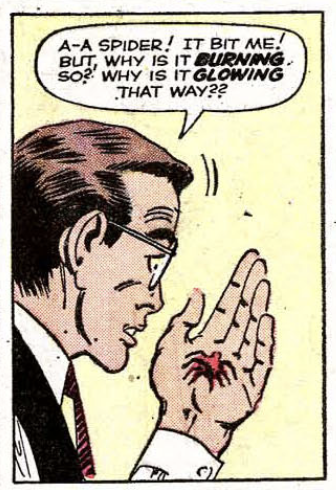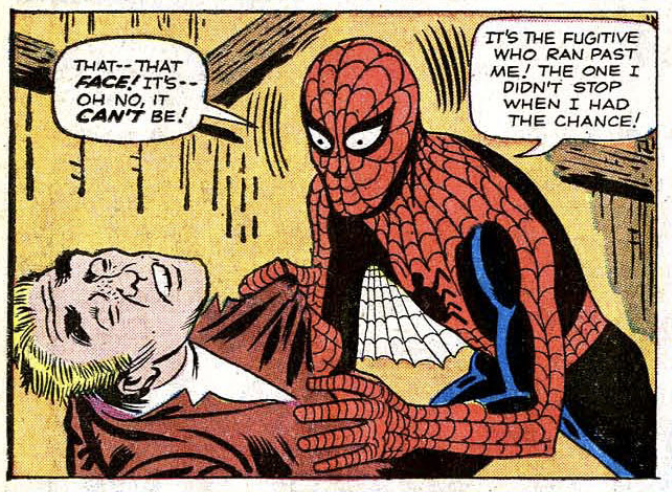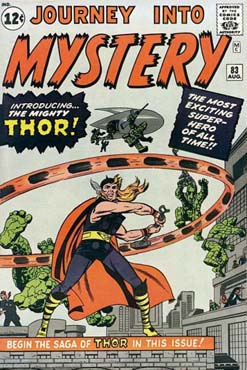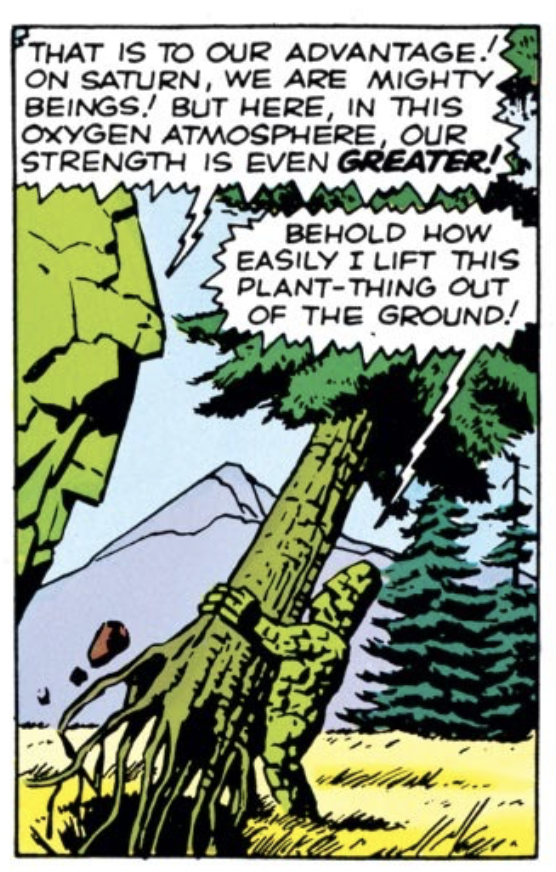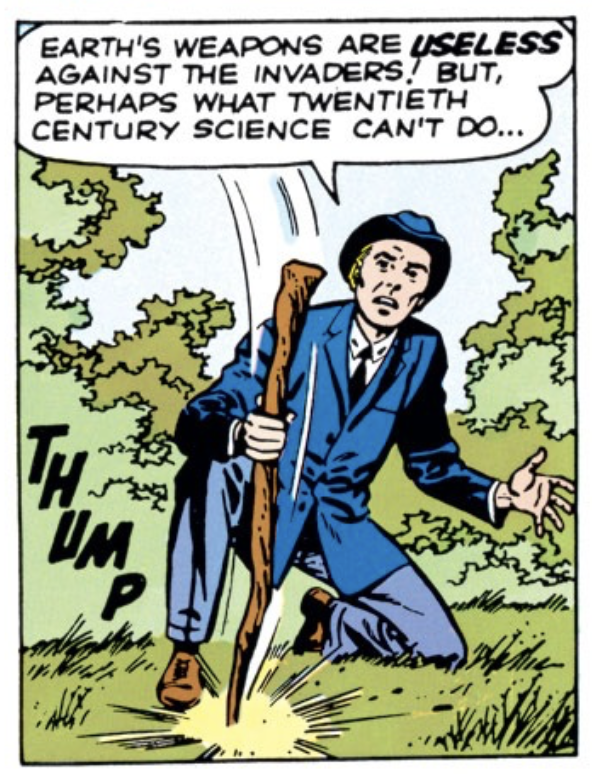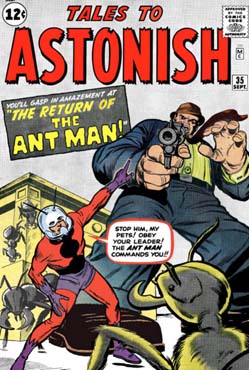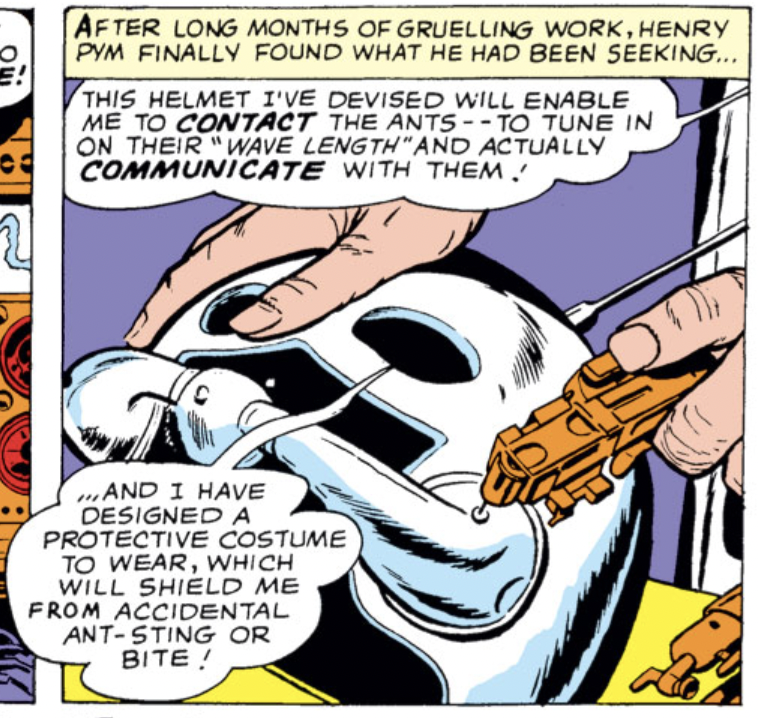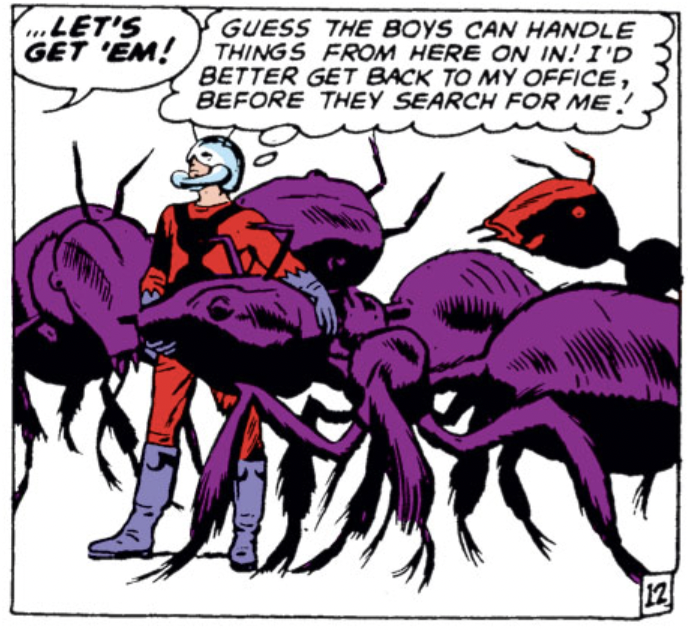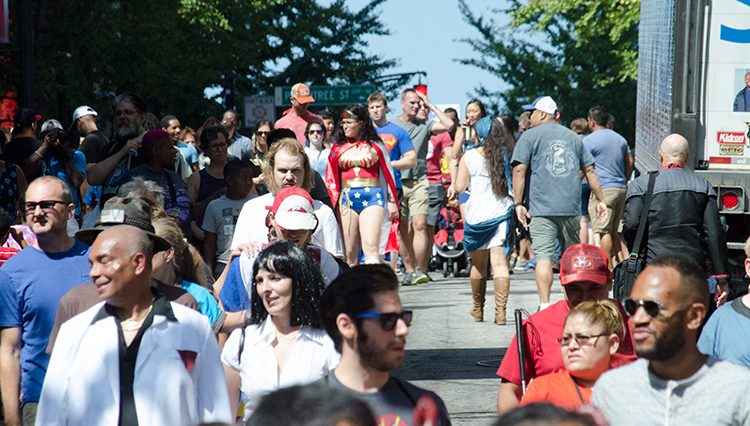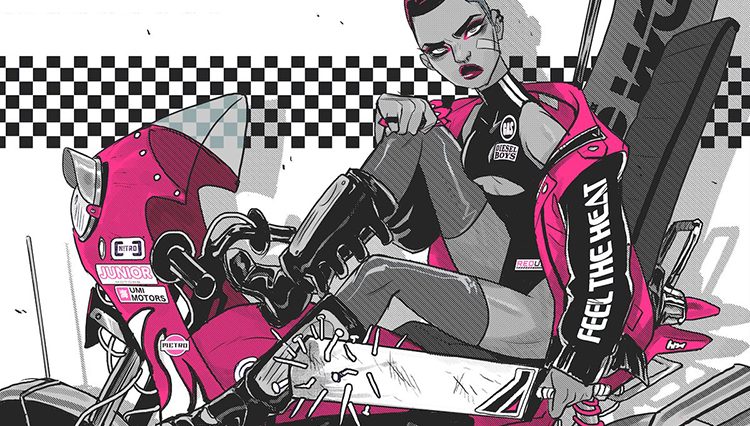Writer: Stan Lee
Penciller: Steve Ditko
“Spider-Man”
June 5, 1962
It’s the one tale even a non-fan of comics knows – Peter Parker, be-speckled bookworm, honors student, finds himself beloved by the adults in his life – his Aunt May and Uncle Ben and his teachers in high school – while ridiculed by his peers who do not appreciate the efforts he goes to to better himself intellectually. Even early on, we are introduced to Flash Thompson, Peter’s nemesis, as nasty at times to Peter as the worst villains of his soon-to-be alter ego faces.
We know of how Peter was bitten by a radioactive spider at a science exhibit and how some momentary dizziness, Peter finds himself possessing great strength and agility. He tests his abilities by covering his face and taking on a local wrestler – Crusher Hogan – and quickly defeats him. A promoter offers Peter work in television and it encourages Peter to develop an alter ego to perform as – Spider-Man. He makes legendary costume and his famous web shooters.
And we know of how Peter lets his newfound fame in show biz go to his head as he allows a crook to rush past him after he’s robbed a box office. Not his job, as far as he’s concerned as he explains to the guard who chastises him. But as we know, the criminal would go on to kill Uncle Ben when trying to rob the Parker home.
As Spider-Man, Peter quickly tracks down the killer and brings him to justice and realizes the lesson he carries with him to this day – “With great power, comes great responsibility.”
The art is some of the best I have ever seen from Ditko as he manages to showcase the lanky teen and not bulk him up miraculously thanks to the spider bite. The tragedy of Uncle Ben dying, a character we barely get to know, is shocking in a comic book.
It’s interesting to note that like Batman, Spider-Man is spelled with and without the hyphen in this issue. Also, there is a note that Fantasy was shifting formats with this issue, featuring an adventure with Spider-Man with backup stories. But Fantasy would be no more after this issue. Instead, Spider-Man would show up months later in his own series.
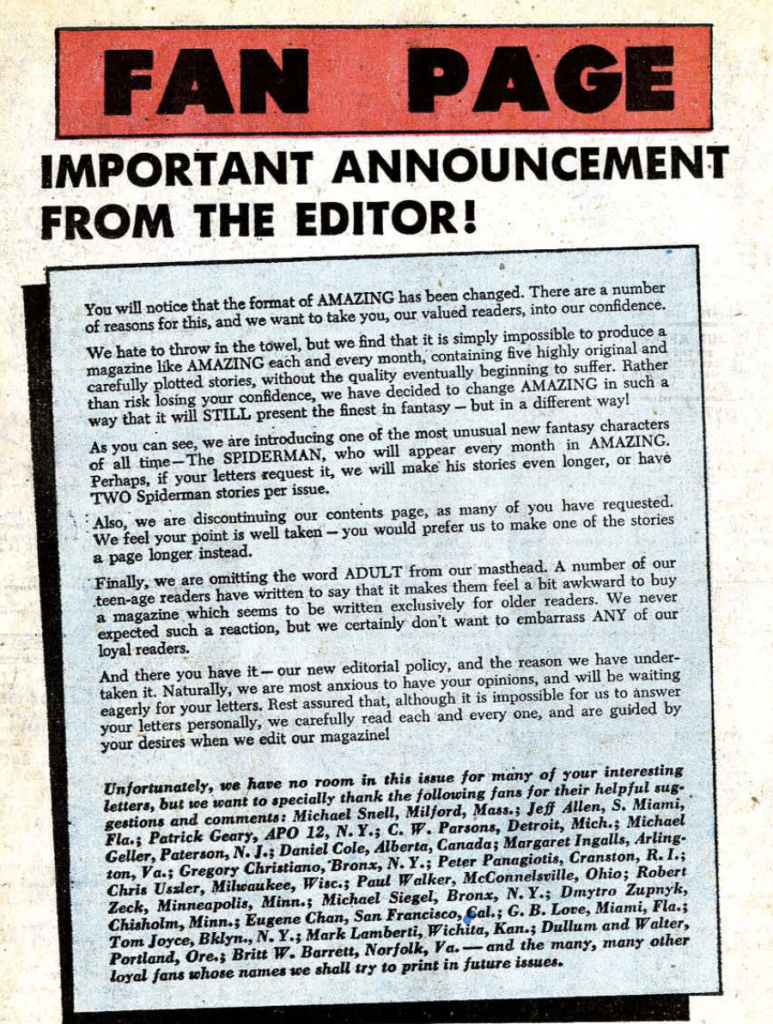
Writer: Stan Lee
Scripter: Larry D. Lieber
Penciller: Jack Kirby
Inker: Joe Sinnott
Letterer: Artie Simek
“The Stone Men from Saturn”
June 5, 1962
Where everyone knows of Spider-Man’s first adventure, the first tale of Thor in Marvel Comics may not be as well known. I certainly had never read it until now. And it’s an unusual one as we see Don Blake, a “frail figure” vacationing in Norway walking away from the panoramic view he was witnessing, but failing to see the UFOs that land behind him as he departs.
The “Stone Men” (literally, that is the name of the race) emerge from the craft and find, like Superman, they are much stronger being in Earth’s atmosphere. They are observed by an old man who returns to his village to warn the people. They don’t believe him, but Don Blake overhears him and decides to investigate (Why?)
He finds the ship and is discovered by the Stone Men. Blake races into a cave where he finds himself trapped as a boulder falls before the entrance. There, he discovers an old staff which he strikes at the boulder in frustration. The action causes him to be transformed into Thor.
Now, it is at this point I ask the question, is Don Blake assuming the guise of Thor or is Thor now free, having been trapped as Blake? I’m not the biggest Thor fan and I don’t know his entire background save for what I learned watching the still animation of the 60s cartoon. It will be interesting to see how this develops as I read.
Thor tests his abilities before reverting back to Blake and returning to the village to warn the world of the aliens. The aliens meanwhile begin their assault with an illusion of a dragon fooling attacking aircraft. Blake becomes Thor again and fights the Stone Men. They retaliate with their Mechano-Monster which Thor takes apart. With that, the aliens give up and return to their ship, leaving the Earth.
All in all, not a bad start, I guess. A lot of questions, some of which I addressed earlier, but there’s also the question of why does Thor not simply have his own comic instead of featuring in Journey into Mystery as a sole story? I know that eventually it will be changed, but it is odd.
Writer: Stan Lee
Penciller: Jack Kirby
Inker: Dick Ayers
“Return of the Ant-Man”
June 5, 1962
This is an interesting one as Hank Pym returns and this time in a costume and with a code name. In the previous issue, Hank had developed the formula that allowed him to shrink to the size of an ant and communicate with them as well. The thing is, when the story ended, he threw the formula away figuring he never wanted to go through the experience again. In reading the story alone, one never would have imagined this was the setup for a superhero.
And then we have this follow-up.
It’s weeks later and Hank decides that such a “potion” must not “melt into nothingness” so he goes about recreating his formula. In doing so, he becomes more engrossed in the study of ants and their behaviors. He develops a helmet that allows him to communicate with the ants and a costume to protect him from insect bites and stings (which nicely explains that the costume was meant for research, not superheroing).
Then, one night, Russian agents infiltrate the lab where Henry is working on an anti-radiation serum. He is the lead developer of the program and knows the most about it, but he refuses to tell them anything. His one chance to do something about the situation, he realizes, it to don the outfit he designed and use his ants to stop the “Commies”.
He finds himself testing his abilities as he brings the ants under his control and stops a beetle from charging him. In doing so, he realizes he still retains his full human strength, even in ant form. He rallies the ants to help him free the other scientists and plug up the spies’ guns with honey. The other scientists are able to quickly round up the spies.
And Hank is left wondering what is to become of the “Ant-Man”, the first time we hear the term in the last panel of the comic. And our dandy editor informs us that he will return in the next issue. His actions here certainly lend to the entire “reluctant hero” we will see as Hank’s story progresses into the Avengers.


